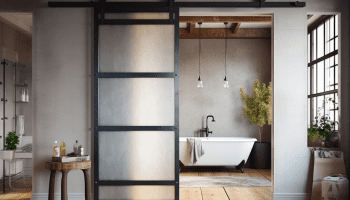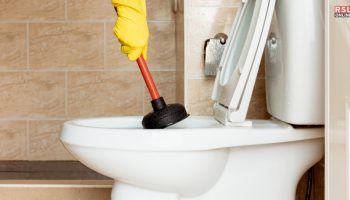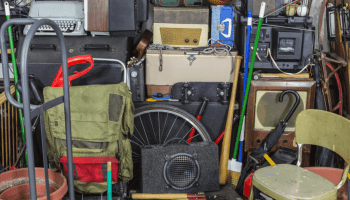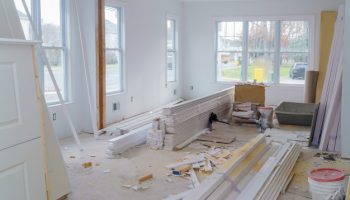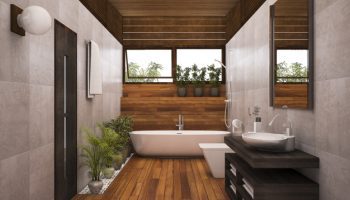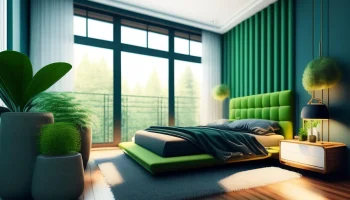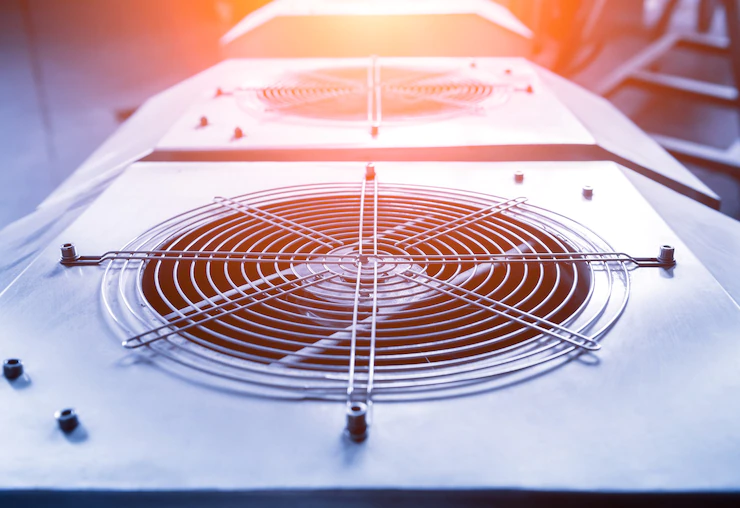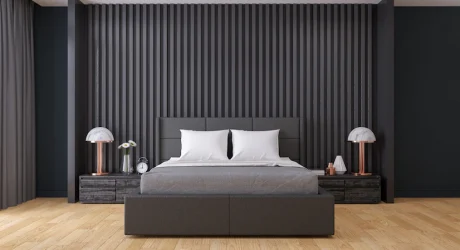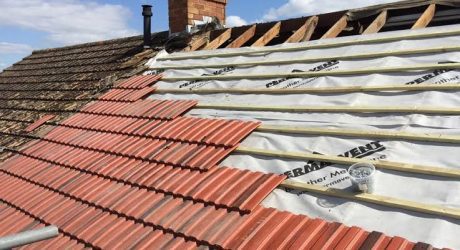Every home requires adequate ventilation techniques to allow for comfort and healthy living space for all occupants. There are different types of ventilation units and systems depending on what you need and the size of your home.
Household ventilation systems and industrial ventilation systems are distinct. From the motor powers to suction powers, everything is different.
How to pick the right one for your house? First, know the types of ventilation systems for the houses. Then select the correct one for your use. Industrial ventilation has more suction power.
But when you are thinking of installing the household system, you have to monitor other factors like the natural air circulation of your house and what are the common areas where you can put the ventilation.
The apartments always require a better ventilation process, and confident house designs require a more suction-powered ventilation process.
5 Types Of Ventilation Systems For Residential Use:
For selecting the right home ventilation systems, first look through the requirements of your house. How to know it? Measure up the length and the breath of the house area.
These measurements are going to help you to measure up the correct requirements. Then select the ventilation system.
We are going to look at the most common ones below.
1. Mechanized Fans
While some homes are adequately served by natural ventilation systems, this is not always viable due to the location of the house or its design. In these instances, a mechanized fan could be a great solution.
Mechanized fans are installed directly on air ducts or windows, and their primary function is to expel stale air and bring in the fresh air.
Many of them are also adjustable so that the volume of air expelled and brought in can be adjusted according to the air temperature and the needs of the occupants.
Related Resource: The Pros And Cons Of MVHR Systems For Homes
2. Smoke Ventilation Units

The law requires that there are adequate household ventilation systems in case of a fire in all homes, but particularly in flats and other residential buildings.
These systems are used to remove smoke and hot gases from the home in case of a fire, reducing instances of injury and helping provide a clearer path for those getting out of the home.
These systems are built for both internal and external applications. To ensure that you have adequate ventilation in case of a fire, you can check out the various ventilation units available on www.BPCVentilation.ie, which come in different bespoke sizes depending on the size of your home and space.
3. Exhaust Ventilation Systems
These household ventilation systems work by expelling air out of a building to create negative pressure in a home. The air being sucked out passes through a duct to the outside, and, because of the negative pressure, fresh air is sucked into the home through a different duct or vent.
These systems are popular in kitchens, bathrooms, and other areas of the home where there is a lot of humidity, thereby requiring the constant removal of air. For any apartments, always install the systems where your system can have the natural air. So the circulation will be much faster.
4. Supply Ventilation Systems
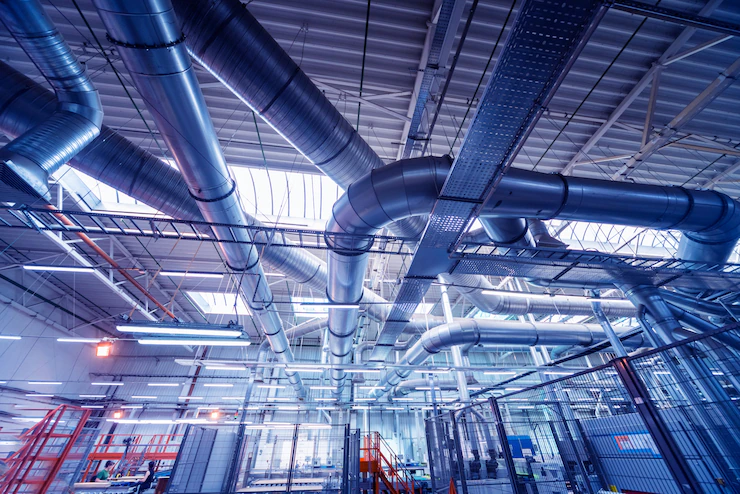
These household ventilation systems pressurize the inside of a house or space so that the air inside is forced outside via doors, windows, cracks, and other spaces it can escape through. You will find these systems within bedrooms and living rooms.
The main advantage of these systems is better air quality because air is filtered before it gets into the home. Their main downside is that they can lead to high humidity and condensation in colder weather if they are not installed correctly.
5. Balanced Ventilation Systems
Both exhaust and supply ventilation systems have downsides, and this is why some contractors advise you to get a balanced ventilation system.
These systems do not cause any changes in pressure inside the home. Instead, they expel the same air volume they bring in, ensuring a balanced environment. They use two fans and accompanying ducts or airways placed in optimal positions around a room.
When shopping for a home ventilation system, it is important to find out what you will be getting. This is because the system you choose will affect things like the need to install ducts and airways, the need to create room for the different mechanical parts, and, of course, cost.
Conclusion:
Every household ventilation systems are pretty different. The best way to pick the systems is first to measure up your house’s length and breadth. That means the areas of your home.
Then selections will go to be more precise. So what is your planning? Are you having any installation planning in your mind? Then share your ideas through the comment section.
Read Also:









